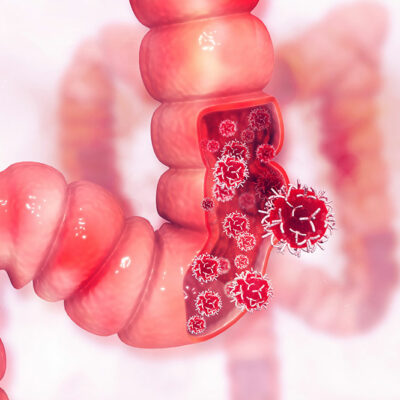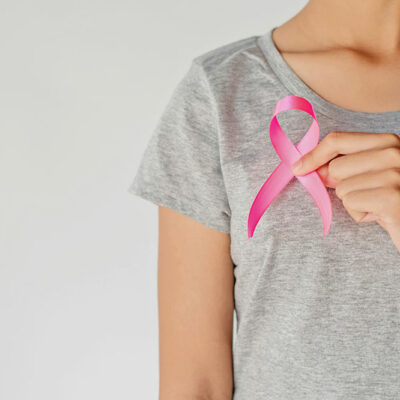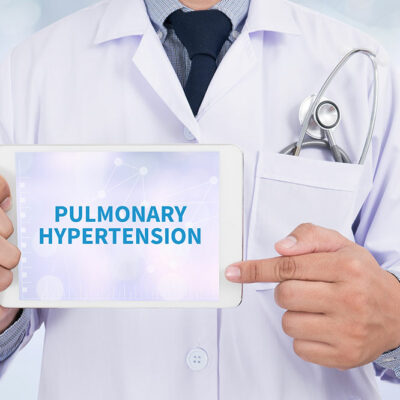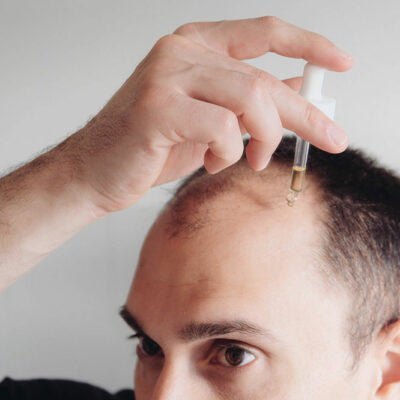
Health
4 Effective Treatment Options for Colon Cancer
Colon cancer usually develops in the lower end of the digestive tract. However, the disease can spread to other organs via the lymph nodes. Hence, these tumors must be detected in their early stages with several screening tests. In most cases, cancer can be treated locally (if it has not yet spread) or with the help of systemic treatments (after cancer spreads). Oncologists recommend the following surgical and non-surgical treatment options for colon cancer. 1. Chemoradiation For colon cancer, oncologists prefer a combination of chemotherapy and radiation therapy (chemoradiation) to destroy the tumor cells. Chemoradiation has been proven slightly more effective than just relying on chemotherapy. In this method, different types of oral medications and injections support the radiation treatment. Also, there is a reduced risk of complications, and chemoradiation is often recommended to bring down the risk of a colostomy. 2. Surgery for colon cancer Depending on the stage and extent of the spread, surgery is a viable treatment option for colon or rectal cancer. Early stages of the polyps that develop into tumors can be removed using a simple colonoscopy procedure. There are two types of early-stage surgery: a polypectomy and a local excision. A polypectomy removes the entire tumor by cutting it out from the base.
Read More 















